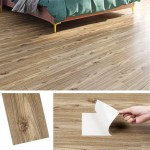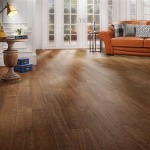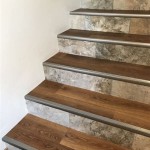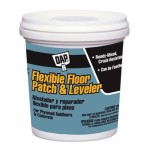When it comes to home improvement, one of the most impactful decisions is choosing the right flooring. Among the various options available, laminate wood flooring has gained immense popularity due to its affordability, versatility, and aesthetic appeal. In this article, we will delve into the world of laminate wood flooring, comparing it with traditional hardwood floors, discussing installation processes, and exploring the best practices for selection and maintenance. Whether you’re considering a new floor for your living room or looking for durable flooring options for your bathroom, this comprehensive guide will help you make an informed decision.

What is Laminate Wood Flooring and How Does it Compare to Traditional Wood Floors?
Understanding Laminate Wood Flooring
Laminate wood flooring is a synthetic product made up of multiple layers that are fused together through a lamination process, which gives it the wood look while being more affordable than solid wood. Typically, laminate consists of a high-density fiberboard (HDF) core, a photographic layer that mimics the appearance of real wood or tile, and a protective layer that shields it from scratches, spills, and stains. This flooring option is available in a variety of colors, including gray laminate flooring, hickory, and white oak, allowing homeowners to achieve the desired aesthetic for their space without breaking the bank.
Pros and Cons of Laminate vs Hardwood
When comparing laminate wood flooring to traditional hardwood floors, it’s essential to consider the pros and cons of each. One of the major advantages of laminate is its low-maintenance nature; it doesn’t require the same level of upkeep as solid wood, which may need periodic refinishing. Additionally, laminate is generally more affordable than hardwood, making it an attractive option for budget-conscious homeowners. However, laminate is not as durable as solid wood in the long term. While it can withstand everyday spills and scuffs, it may not last as long as hardwood floors, especially in high-traffic areas. Furthermore, if laminate gets damaged, it cannot be refinished like hardwood can. Understanding these distinctions is crucial in selecting the right flooring for your needs.
Durability of Laminate Wood Flooring
Durability is a significant factor when considering flooring options. Laminate wood flooring is designed to be durable, featuring a tough protective layer that makes it resistant to scratches and stains. Many products on the market also offer water-resistant laminate flooring, which is particularly useful for areas prone to spills, such as kitchens and entryways. However, while laminate is durable, it’s essential to remember that it is still susceptible to moisture damage if not cared for properly. Ensuring the right installation process and selecting the appropriate underlayment can further enhance the durability of your laminate floors.
How to Choose the Best Laminate Floor for Your Home?
Key Features to Look for in Laminate Wood
When shopping for laminate flooring, there are several key features to keep in mind to ensure you select a quality laminate that meets your needs. Look for products that offer a high AC rating, which indicates the laminate’s durability and resistance to wear. Additionally, consider the thickness of the laminate planks; thicker planks provide better stability and sound absorption. A good quality laminate will also feature a realistic wood look, with textures that mimic the grain patterns of solid wood, making it an appealing flooring option for any room.
Choosing Between Different Plank Styles
Laminate wood flooring comes in various plank styles, including wide, narrow, and long planks. The choice of plank style can significantly affect the overall aesthetic of the space. Wide planks can create a more spacious feel, while narrow planks may lend a more traditional appearance. Additionally, consider the colors and finishes available; a selection of laminate flooring featuring different shades can help you achieve your desired look, whether it’s a rustic or contemporary vibe. For instance, gray laminate flooring can provide a modern touch, while hickory may evoke a more traditional atmosphere.
Shop by Brand: Which Brands Offer the Best Quality Laminate?
When it comes to selecting laminate flooring, not all brands are created equal. Researching brands that are known for their quality laminate can save you time and money in the long run. Look for manufacturers that offer warranties on their products, as this can be an indicator of the quality and durability of the laminate wood. Brands that specialize in durable flooring often provide extensive selections, ensuring that you find the right type of laminate for your specific needs.
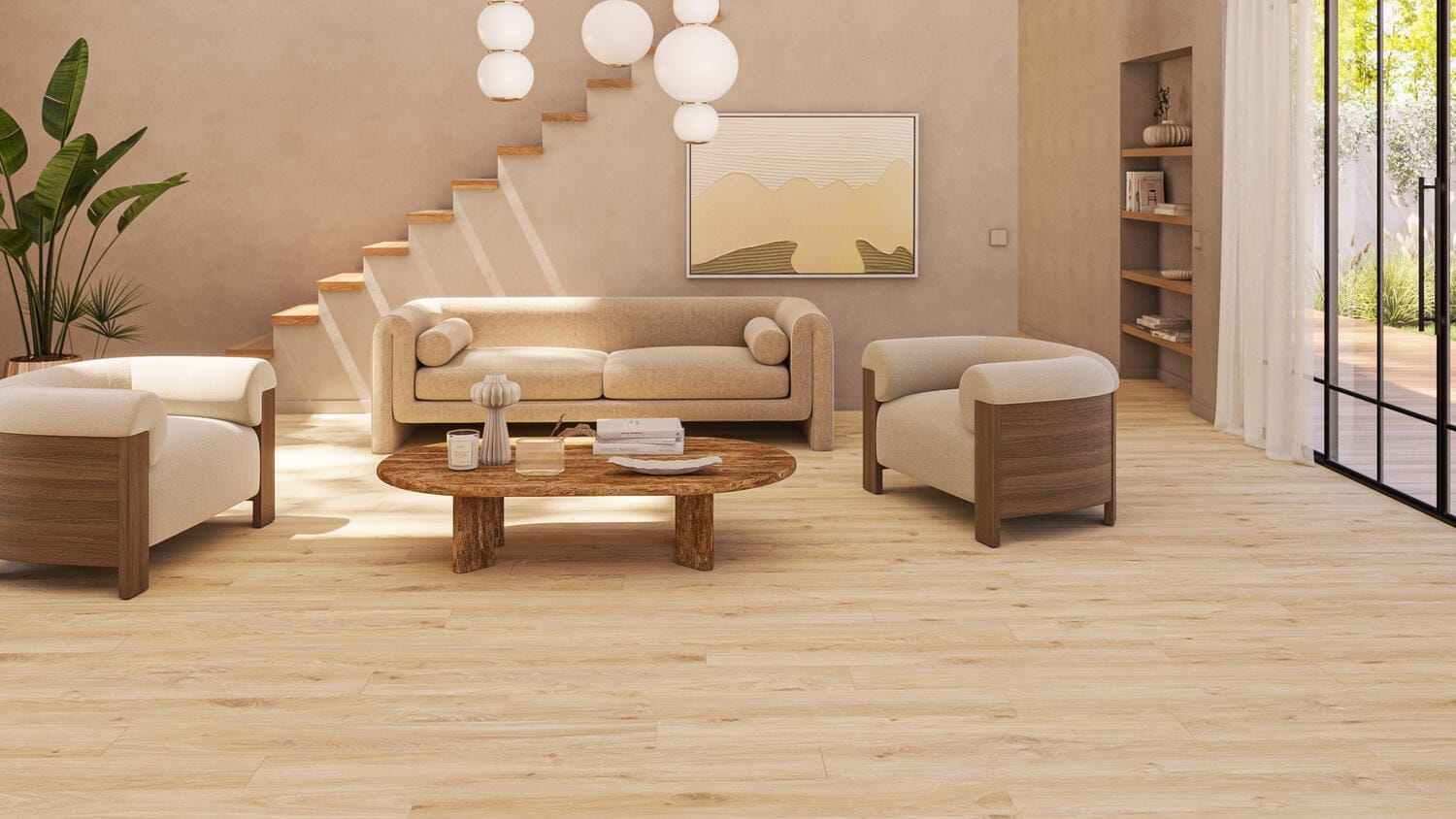
What are the Installation Requirements for Laminate Flooring?
Essential Installation Materials for Laminate Floors
Before diving into the installation process, it’s essential to gather all necessary materials. You will need laminate planks, underlayment, installation tools such as a saw and tapping block, and moisture barrier if you are installing over concrete. The underlayment serves several purposes: it provides cushioning, reduces noise, and helps with moisture control, which is crucial for the longevity of your new floor. Understanding these requirements will help ensure a successful installation of your laminate wood flooring.
Do You Need Underlayment for Laminate Wood Flooring?
Yes, using underlayment is highly recommended when installing laminate wood flooring. The underlayment acts as a cushion between the laminate planks and the subfloor, providing a barrier against moisture while enhancing comfort underfoot. It also aids in sound absorption, reducing noise levels in your home. Skipping this crucial step can lead to a less durable floor and potential problems down the line. Therefore, investing in quality underlayment is key to achieving a successful laminate flooring installation.
Step-by-Step Guide to Installing Laminate Flooring
The installation process for laminate flooring is generally straightforward and can often be completed as a DIY project. Start by preparing the subfloor, ensuring it is clean, dry, and level. Next, roll out your underlayment, cutting it to fit the area. Once the underlayment is in place, begin laying the laminate planks, starting from one corner of the room and working your way across. Use spacers to maintain an expansion gap around the edges, which allows for natural movement of the laminate as temperatures fluctuate. Continue this process, cutting planks as necessary, until the entire area is covered. Lastly, install transition strips where laminate meets other flooring types, completing your new look.
Is Waterproof Laminate Flooring a Good Option for Wet Areas?
Benefits of Waterproof and Water-Resistant Laminate
Waterproof laminate flooring is an excellent option for areas prone to moisture, such as bathrooms and kitchens. This type of laminate is designed to withstand spills and humidity, providing an added layer of protection compared to traditional laminate. The benefits include ease of maintenance and peace of mind, knowing that your floors can handle everyday spills without significant damage. This makes waterproof laminate wood flooring a practical choice for families or anyone looking to enhance durability in high-moisture areas.
Best Practices for Installing Laminate in Bathrooms
Installing laminate flooring in bathrooms requires special attention to detail due to the presence of water. First, ensure that you select a high-quality waterproof laminate that specifically indicates suitability for wet areas. During installation, pay close attention to the seams, as these are vulnerable points for moisture penetration. Using a moisture barrier underneath the laminate can help protect the subfloor from any potential water damage. Additionally, consider using caulk around the edges of fixtures and along the walls to further prevent water from seeping underneath the laminate planks.
Comparing Waterproof Laminate to Traditional Water-Resistant Options
While traditional water-resistant laminate flooring can handle minor spills, waterproof laminate takes it a step further by offering enhanced protection against moisture damage. Traditional options often allow some moisture to seep through the seams, which can lead to warping or mold growth over time. In contrast, waterproof laminate is designed to prevent this from occurring, making it a superior choice for bathrooms, kitchens, and laundry rooms. When deciding between the two, consider your specific needs and the level of moisture exposure in the areas where you plan to install the flooring.
Where Can You Find the Best Prices on Laminate Wood Flooring?
Tips for Shopping Laminate Flooring
Finding the best prices on laminate wood flooring can be achieved through a few strategic shopping tips. First, compare prices from multiple retailers, both online and in-store, to ensure you are getting the best deal. Additionally, look for seasonal sales and discounts that many stores offer throughout the year. Joining mailing lists or loyalty programs can also provide access to exclusive promotions on laminate flooring.
Seasonal Sales and Discounts for Laminate Floors
Many retailers offer seasonal sales that can significantly reduce the cost of laminate wood flooring. Keep an eye out for major sales events such as Black Friday, Memorial Day, and Labor Day, when discounts can reach up to 50% off regular prices. Shopping during these sales can provide an excellent opportunity to find high-quality laminate at everyday low prices, allowing you to achieve your desired look without overspending.
Online vs In-Store: Where to Shop for the Best Deals
When deciding where to shop for laminate flooring, both online and in-store options have their advantages. Shopping online allows you to compare a wide selection of laminate flooring options from the comfort of your home, often with the convenience of delivery. On the other hand, shopping in-store enables you to see and feel the products firsthand, ensuring the laminate meets your expectations for quality and appearance. Ultimately, the best approach may involve a combination of both methods—researching online and then visiting local stores to finalize your selection.
